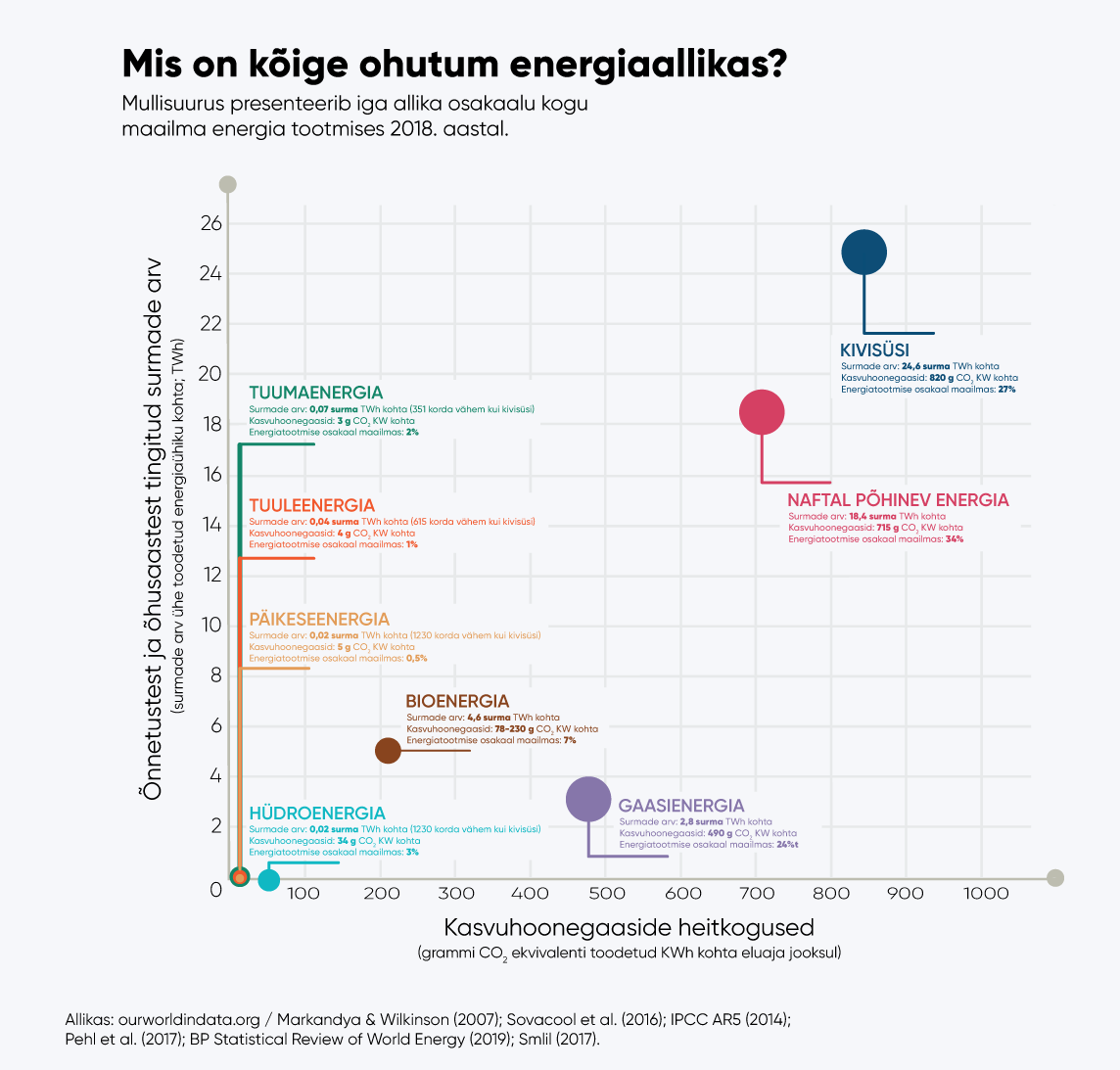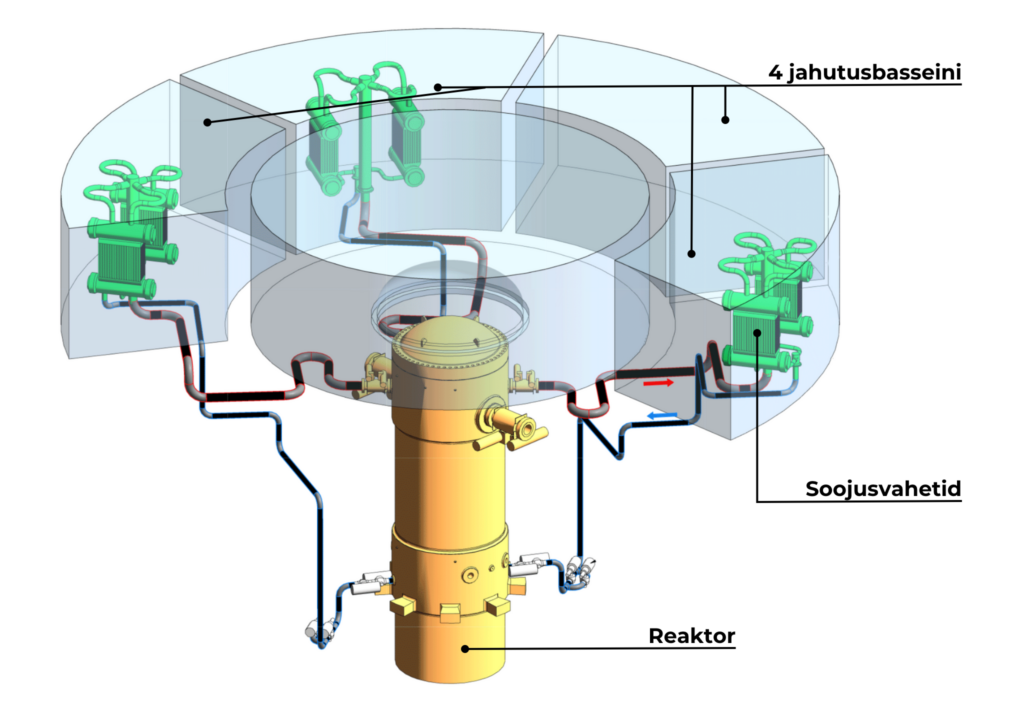Safety
According to statistics, nuclear power is one of the safest ways of generating electricity. as flying is the safest mode of transport.
Today's reactor designs and regulation are based on 50-60 years of experience in construction, operation and lessons learned from accidents. Today's reactors are designed with precision tools: powerful computer simulations are used in addition to experimental equipment to analyse reactor behaviour in all kinds of situations that humans can and cannot imagine.

What makes the BWRX-300 small reactor safe?
The BWRX-300 is a smaller-than-average, simplified design for a boiling water reactor - a technology that the industry knows intimately. Decades of experience in the US and Japan, and in neighbouring Finland and Sweden. In Canada and the US, a very thorough design safety assessment and licensing process for the BWRX-300 reactor is currently underway.
The BWRX-300 reactor uses components that are largely approved and proven in the nuclear and power industries. The main innovation lies in the simplicity of the design (made possible by the small size), which still has to be carefully analysed and approved by nuclear regulators.
The BWRX-300 is many times lower in power than many reactors in operation around the world. The lower fuel load also means less radioactive material and less afterheat to dispose of in the event of an emergency shutdown.

The BWRX-300 mainly uses unpowered systems that do not require human intervention (so-called passive systems), both in normal and emergency mode. The reactor, together with the most important systems, is housed in a very strong (aircraft-proof) containment partially underground.
The reactor's smaller dimensions and smaller fuel volume, combined with passive safety systems, make it possible to make the plant so safe that, even in the event of an accident, there will be virtually no impact on people outside the plant perimeter or on the environment.
How big should the emergency planning zone be?
An emergency planning zone is an area around a nuclear power plant with clear operational guidelines and responsibilities on how to act in the event of an emergency.
The size of the emergency planning zone may, according to the regulations in force, depend on the capacity of the plant, the quantity of radiation sources in the plant, the probability of an accident occurring and the effectiveness of the safety systems used. As a rule, the closer to the plant, the more precautions and more precise instructions are required. In the case of large stations, this may mean advising people to stay indoors, close windows, administer iodine tablets or move away from the station if necessary. In the case of small stations, this area may be bounded by the fence surrounding the station, so there are no specific requirements for ordinary people living near the station.
